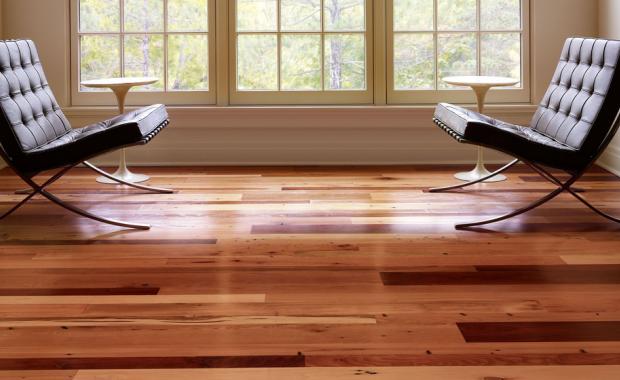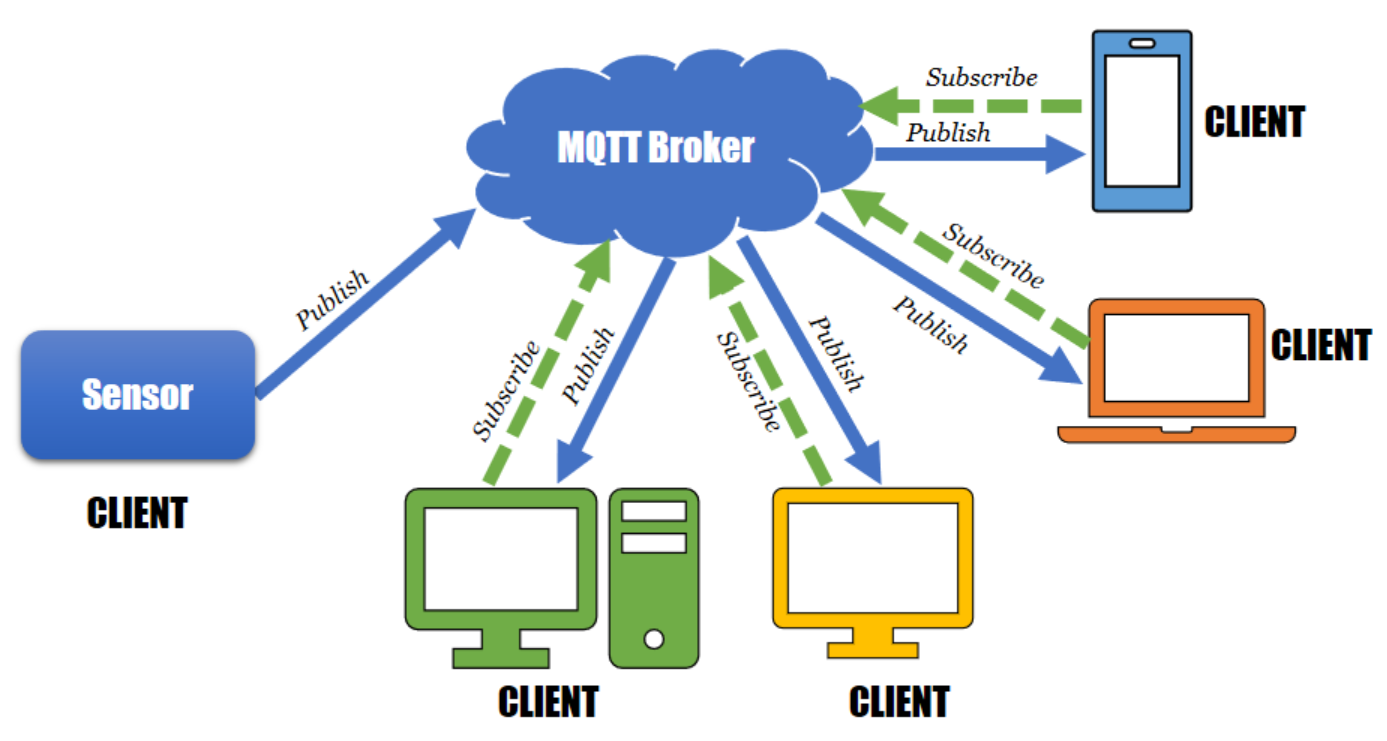Reclaimed Beauty - The Rise of Sustainable Flooring in 2024

In the realm of home renovations, 2024 is witnessing a fascinating trend: a significant shift towards eco-conscious choices. Homeowners are increasingly seeking sustainable materials that minimize their environmental impact without compromising on style or durability. And when it comes to making a visual statement, few elements hold as much power as flooring. This year, reclaimed flooring is taking center stage, offering a perfect blend of aesthetic appeal and environmental responsibility.
What Makes Flooring "Reclaimed"?
Reclaimed flooring refers to materials salvaged from old buildings, factories, or other structures slated for demolition. Instead of ending up in landfills, these materials are carefully extracted, refurbished, and given a new lease on life. This process diverts waste, reduces the demand for new resources, and often yields flooring with unique character and history.
The Eco-Friendly Advantages of Reclaimed Flooring
Choosing reclaimed flooring offers a multitude of benefits for environmentally conscious homeowners:
Reduced Carbon Footprint
The production of new flooring materials, particularly those derived from virgin timber or requiring energy-intensive manufacturing processes, contributes significantly to greenhouse gas emissions. Reclaimed flooring, on the other hand, bypasses these processes, resulting in a drastically lower carbon footprint. According to a study by the Building Research Establishment (BRE), reclaimed wood flooring can have a carbon footprint up to 80% lower than new timber flooring.
Forest Conservation
Opting for reclaimed flooring reduces the demand for newly harvested timber. This, in turn, helps protect forests and their vital role in absorbing carbon dioxide, regulating the climate, and providing habitats for countless species.
Waste Diversion
Landfills are overflowing with construction and demolition debris. By choosing reclaimed flooring, homeowners contribute to diverting valuable materials from these landfills, lessening environmental hazards and promoting a more circular economy.
Popular Types of Reclaimed Flooring
Reclaimed flooring encompasses a wide range of materials, each with its own distinctive charm and characteristics:
Reclaimed Hardwood
Often sourced from old barns, factories, or gymnasiums, reclaimed hardwood planks boast incredible durability and character. The wood's age and previous use often result in beautiful patina, nail holes, and distressed finishes that add warmth and history to a space.
Reclaimed Brick
Salvaged from demolished buildings or pavements, reclaimed bricks bring a timeless elegance to both interior and exterior spaces. Their naturally weathered appearance and variations in color create a unique and inviting ambiance.
Reclaimed Tiles
From vintage ceramic tiles to encaustic patterns, reclaimed tiles can inject personality and historical charm into kitchens, bathrooms, and entryways.
The 2024 Trend: Reclaimed Flooring Meets Modern Design
While reclaimed flooring evokes a sense of history and tradition, it's far from outdated. In 2024, homeowners and designers are finding innovative ways to integrate these materials into modern and contemporary aesthetics:
- **Mixing and Matching:** Combining reclaimed flooring with new materials like concrete or steel creates a dynamic contrast, blending old and new in a harmonious way.
- **Unexpected Applications:** Reclaimed wood is no longer limited to floors. Designers are incorporating it into wall paneling, accent walls, and even furniture pieces for a cohesive and sustainable design.
- **Sustainable Finishes:** Natural, eco-friendly finishes like plant-based oils and waxes are gaining popularity, protecting the wood's beauty while minimizing harmful chemicals.
Finding and Choosing Reclaimed Flooring
Sourcing reclaimed flooring is becoming increasingly accessible. Specialty salvage yards, architectural salvage companies, and even online retailers offer a wide range of options. When choosing reclaimed flooring, it's important to consider:
- **Source and Sustainability:** Inquire about the materials' origins and the company's commitment to ethical sourcing and reclamation practices.
- **Condition and Quality:** Inspect the flooring for any structural damage or signs of infestation. Reputable suppliers will often offer refurbished or pre-treated options.
- **Quantity and Dimensions:** Reclaimed materials are often limited in quantity, so careful planning and measurements are crucial.
In Conclusion: A Sustainable Step Forward
As we step further into 2024, the demand for eco-conscious home design shows no sign of slowing down. Reclaimed flooring stands as a testament to the beauty and durability of repurposed materials, offering a way to create stunning and sustainable spaces that reflect both our personal style and our commitment to a healthier planet.












Comments ()